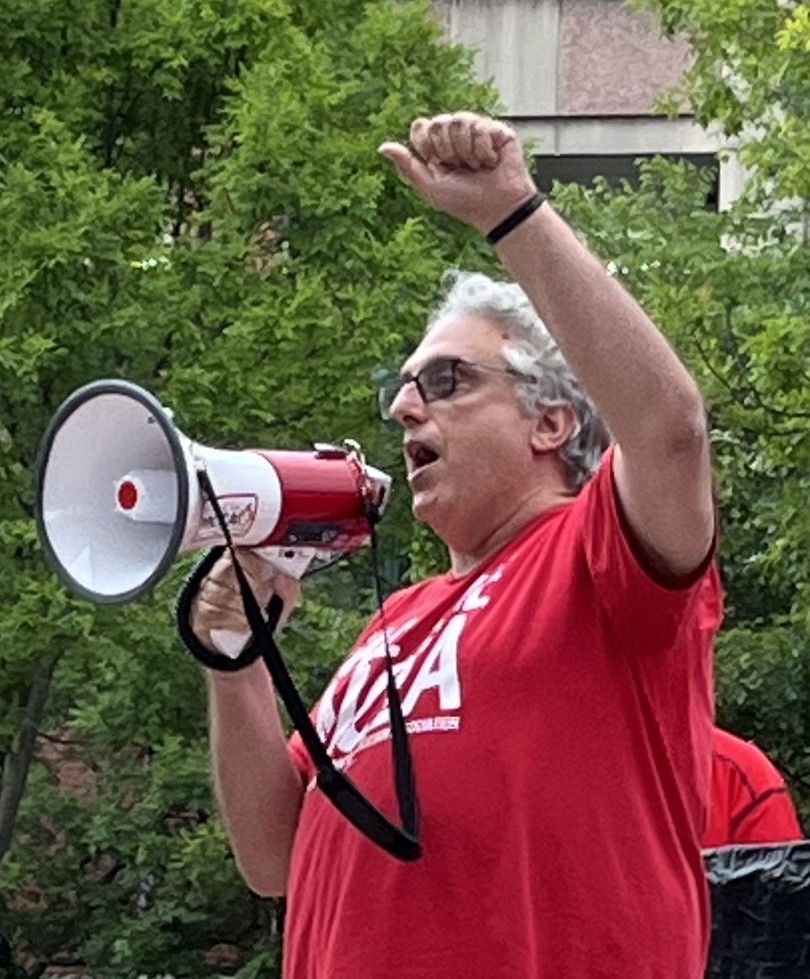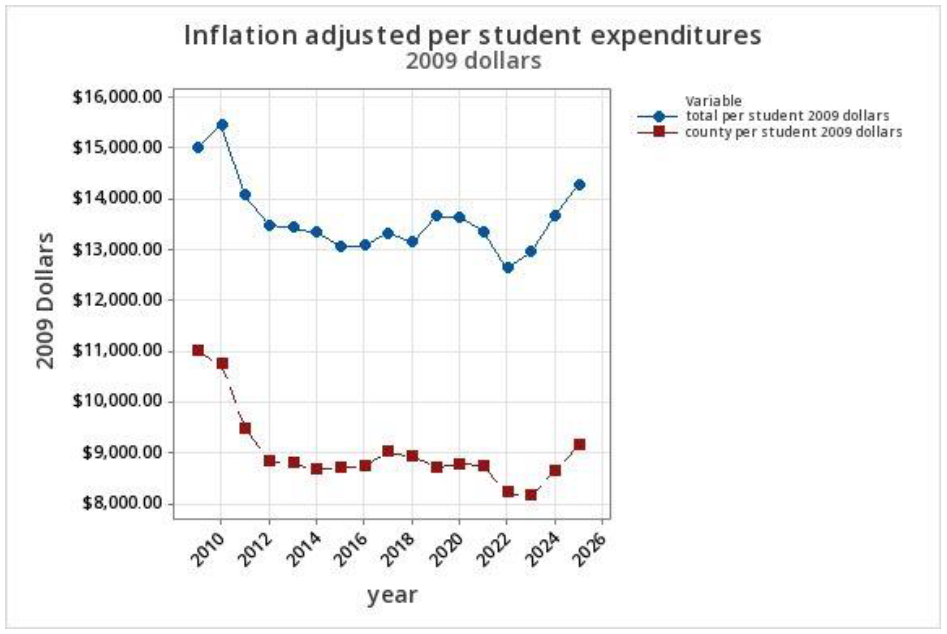By Adam Pagnucco.
Let’s resume our interview with MCEA President David Stein. (You can read Part One here.)
*****

MCEA President David Stein.
Q: How is the new superintendent, Thomas Taylor, doing so far?
Dr. Taylor has just been Superintendent for 2.5 months, so it is early to make a judgement. But thus far, we have been very encouraged by what he has been able to accomplish. We have seen a dramatic improvement in communication and openness. He has been listening not only to the employees but also to families and communities in an authentic way that MCPS leadership has gotten away from in recent years. He seems to be focused on classroom instruction and eliminating bureaucratic barriers to teaching and learning.
The superintendent recently held an “unconference, “at which he asked educators to come and tell him one thing that he could take off their plates. In my thirty years in the classroom, no District administrator has ever asked me that question. Not surprisingly, he got more than a few responses! We will wait and see which of these he will be able to take off our plates, both in the short term and the long term.
Having said that, I would describe our feelings as cautiously optimistic. We have serious problems that Dr. Taylor will need to address. Funding, workload and planning time, special education, recruiting and retaining quality educators, and promoting equity and anti-racism are all on his plate. The degree to which he is open and transparent about our problems and is working towards real and enduring solutions will be the true measure of his superintendency.
Q: On a grading scale of A to F, give a grade to Montgomery County’s state and county-level politicians on school funding. Do they pass or do they flunk?
Instead of an A-F scale I will use the tried-and-true P/I/N in which a student can be “Proficient”, “In Progress” or “Not yet making progress or making minimal progress.” I think most of the community would agree with an assessment of an N, in that the County is making minimal progress, if any, on school funding. I believe that our elected leaders’ hearts are in the right place: they fundamentally believe in public education. The challenge is whether they are willing to push back on those who resist raising the revenues needed to make the promise of public education a reality by making a generational investment in the students of Montgomery County.
At the local level, we need our elected officials to collaborate and coordinate with one another when developing our school district’s budget from the get-go. As your readers know, the adoption of the school budget involves the Superintendent, County Executive, County Council, and the Board of Education. But the most important stakeholders are the public – the unions, parent teacher associations, community organizations, and everyday citizens. We need all of these voices to come together to not only demand the funding our schools need but also the transparency and accountability that public investment warrants.
MCEA has long been a proponent of the Blueprint for Maryland’s Future. This landmark legislation has helped raise the standard of education across the state – programs, services, and levels of investment. However, at the county level, the Blueprint’s requirements coupled with state wealth equalization formula has led to increased fiscal pressure on the district’s budget. Due to the level of aggregate wealth in Montgomery County (despite increasing levels of wealth inequality), more affluent districts like ours are being asked to cover the costs of Blueprint implementation with little state relief or support. What we need to see at the state level are solutions for how we can alleviate these fiscal pressures.
I also believe we need to have a serious conversation at the national level about federal involvement in school funding. During the pandemic we saw the powerful role the federal government can play, and I think mental health needs are a space the Federal government could provide an effective support to school districts struggling to meet these costs.
Q: Your predecessor, Jennifer Martin, was famous for launching a sit-down protest in the council chambers when they were issuing a proclamation recognizing teachers. Will there be more such tactics during your tenure?
There’s been a lot of preoccupation with this tactic, but less sustained media attention has been paid to why President Martin and our union engaged in a sit-down action at the county council. We were—and continue to be—frustrated about our students’ learning conditions. This school year, due to budget cuts, class sizes have increased. And there continues to be inadequate planning, resources, and support for students with special needs—as well as for the educators who support these students.
What we want are more than proclamations; we want real action. Our students and their families – people who work hard every day to pay their bills and save for their children’s futures– deserve more than rhetoric. We will do whatever is necessary to strengthen public education in this County and make tangible changes in the lives of our students and the educators who serve them. When quiet conversations are most effective, we will engage in those, but when we see larger demonstrations are necessary to let the public know what our students need, we will not hesitate in speaking out loudly and proudly.
Q: Last question. You have been a math teacher for decades. Give us one chart or statistic that best represents your view of MCPS at this moment.
Thanks, Adam; this is one of my favorite interview questions ever. I always teach my students that pictures and graphs are the most powerful way to communicate trends, relationships, and variability in the world around us. I have so many favorites; it’s hard to choose. However, to focus on school funding, I will choose a graph I made for our building representatives earlier this month. It shows MCPS per-student funding in total and just the County contribution. What makes the graph illustrative, though, is that the amounts are in constant 2009 dollars. What we can see is that school funding has not recovered from the Great Recession, and it’s not even close. And as I said earlier, this is particularly troubling because our needs have grown dramatically since 2009. Increased numbers of students in poverty, English language learners, and special education students all call for more, not less, funding. This graph, in my view, clearly shows the work we must do.

